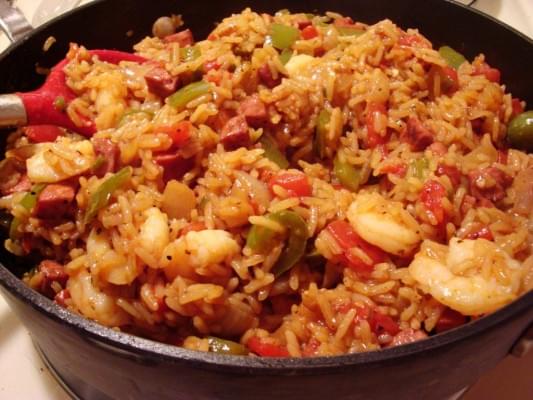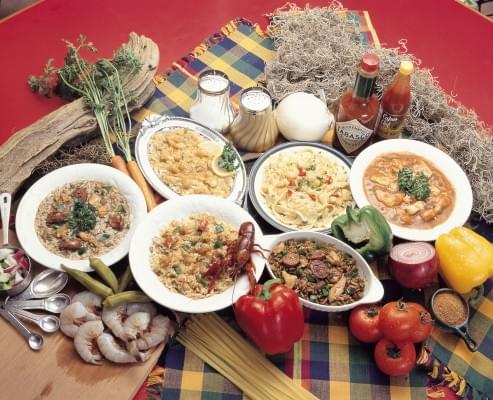I've heard about it, but… 10 – What is creole and cajun?
Creole cuisine is a style of cooking originating in Louisiana, US which blends French, Spanish, Portuguese, Italian, Native American, and African influences, as well as general Southern cuisine. It is similar to Cajun cuisine in ingredients (such as the holy trinity), but the important distinction is that Cajun cuisine arose from the more rustic, provincial French cooking adapted by the Acadians to Louisiana ingredients, whereas the cooking of the Louisiana Creoles tended more toward classical European styles adapted to local foodstuffs. Broadly speaking, the French influence in Cajun cuisine is descended from various French Provincial cuisines of the peasantry, while Creole cuisine evolved in the homes of well-to-do aristocrats, or those who imitated their lifestyle. Although the Creole cuisine is closely identified with New Orleans culture today, much of it evolved in the country plantation estates so beloved of the pre-Civil War Creoles. (Despite its aristocratic French roots, Creole cuisine does not include Garde Manger or other extremely lavish styles of the Classical Paris cuisine.)
Cajun cuisine is the style of cooking named for the French-speaking Acadian or “Cajun” immigrants deported by the British from Acadia in Canada to the Acadiana region of Louisiana, USA. It is what could be called a rustic cuisine — locally available ingredients predominate, and preparation is simple. An authentic Cajun meal is usually a three-pot affair, with one pot dedicated to the main dish, one dedicated to steamed rice, special made sausages, or some other seafood dish, and the third containing whatever vegetable is plentiful or available. Ground Cayenne & Fresh Black Pepper are used often.
The aromatic vegetables bell pepper (poivron), onion, and celery are called by some chefs the holy trinity of Cajun and Louisiana Creole cuisines. Roughly diced and combined in cooking, the method is similar to the use of the mire poix in traditional French cuisine — which blends roughly diced onion, celery, and carrot. Characteristic aromatics for the Cajun version may also include parsley, bay leaf, green onions, and dried cayenne pepper.
Related news
Related news
K&H: December SZÉP card top list: is a trend reversal expected this year?
🎧 Hallgasd a cikket: Lejátszás Szünet Folytatás Leállítás Nyelv: Auto…
Read more >You can still use bubi in the capital after December 23rd
🎧 Hallgasd a cikket: Lejátszás Szünet Folytatás Leállítás Nyelv: Auto…
Read more >Rome’s Trevi Fountain to be charged from February 1st
🎧 Hallgasd a cikket: Lejátszás Szünet Folytatás Leállítás Nyelv: Auto…
Read more >





